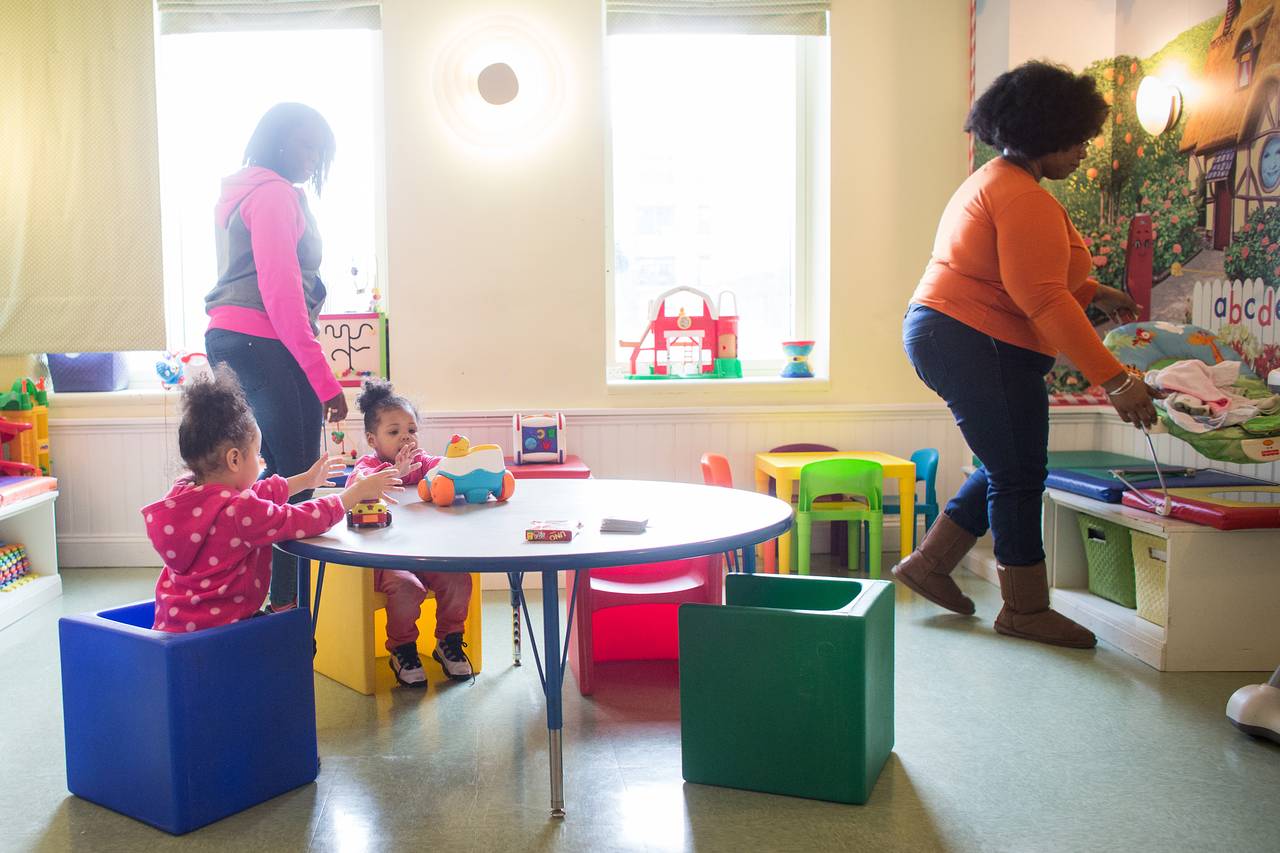What’s a Single Mom to Do During a Week in the Hospital?
Preventive services—like the Safe Families network—can help prevent crises or a loss of custody.
Eleven days after the birth of her daughter last September, Charlotte—who asked me not to use her last name—began to have complications from pre-eclampsia, a serious pregnancy-related disorder that causes high blood pressure. She had to be readmitted to the hospital for almost a week. But as a recent immigrant from Senegal with no family or friends living nearby, she did not know what to do with her new baby. If no one was available, she feared child protective services would take the girl into custody.
A hospital social worker told Charlotte about the Crisis Nursery at a place called the New York Foundling, which is the city’s oldest foster-care agency. The nursery, opened in 1982, will care for children 10 and younger on an emergency basis for as long as 28 days. It’s a safe place for children when their parents fall sick, find themselves in danger from domestic abuse, or struggle with drugs or alcohol. The nursery provides a place to sleep, along with clothing, diapers, food and other supplies. There’s even a teacher on hand to help school-age kids keep up with homework. Charlotte calls it “the best thing that happened to me in this town.”
The Crisis Nursery is one of a growing number of programs around the country categorized as “preventive services.” It has helped hundreds of parents across New York City avert serious problems—abuse, neglect or a long-term loss of custody of their children. The nursery, which runs on a budget of about $700,000 a year, is funded mostly by the city but takes private donations as well. Soon more resources could be on the way, thanks to legislation Congress passed last month along with its budget deal. The Family First Prevention Services Act may let states use federal foster-care funds for preventive services like the Crisis Nursery.
Jerry Milner, acting commissioner of the federal Administration on Children, Youth and Families, has touted the importance of preventive services. “Right now, we typically respond only after families have lost much of their protective capacity and children have been harmed,” he told the Chronicle of Social Change last year. “We need to strive to create environments where they get the support they need before the harm occurs, which, in my mind, calls for a reconceptualization of the mission and functioning of child welfare systems.”
Another idea is for parents in need to leave their children with nearby families. This is what Safe Families for Children facilitates. Founded 2003, the organization has local chapters that recruit and train volunteer families to help parents who don’t have a built-in safety net of friends and extended family. Dave Anderson, a child psychologist who helped to pioneer the idea in Chicago, told me last year that the “fragmentation of families” is behind many of the problems in the foster-care system. There are “no relatives or caring neighbors to turn to. People are not stepping up to be the backup caregiver.”
Safe Families works with local churches to find volunteers, who then undergo interviews and extensive background checks. In New York, volunteers have not only provided emergency child care, but also acted as translators for parents who need help getting medical treatment for their kids or dealing with school officials.
Andrea Mungo, who belongs to Astoria Community Church, cared frequently for two young children during the day last year when doctors placed their mother on bed rest due to complications from her pregnancy. The woman’s husband risked losing his job in food service if he stayed home to help.
Over the past 15 years, Safe Families has arranged more than 35,000 placements across the country. Some of these children end up in the formal foster-care system because the parents are unable to get their act together, but 93% of families are reunited. The average length of a Safe Families stay is 40 days, compared with two years for foster care.
Safe Families can’t replace foster care, but it seems to work as a preventive measure. The organization began to operate in the U.K. in 2013. A report by the Nottingham City Council found that after a year of working with Safe Families, the number of children taken into government care dropped 12%. Though politicians may be slow to recognize it, the most effective social safety net isn’t necessarily the one provided by the government.
___
This article appeared in the Wall Street Journal. Original article here: https://www.wsj.com/articles/whats-a-single-mom-to-do-during-a-week-in-the-hospital-1521844795

